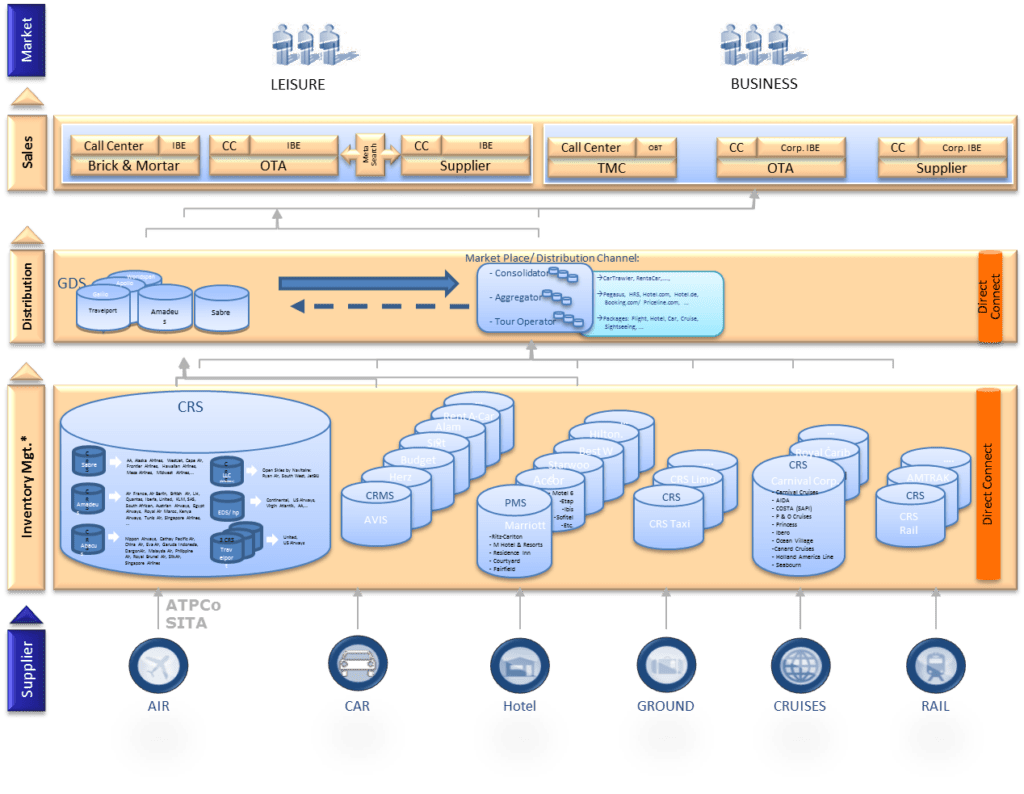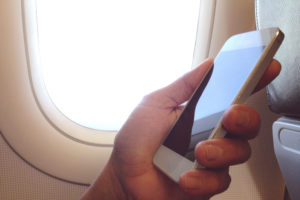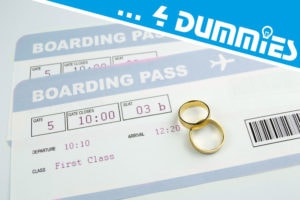The Passenger Service System usually comprises of the Central Reservation System (CRS), in other words booked inventory, an airline inventory system (free inventory) and a departure control system (DCS). It is basically the technology an airline needs:
- The CRS is the system that allows an airline to sell their inventory (seats). It contains information on schedules and fares as well as a database of reservations (or passenger name records) and of issued tickets.
- The airline inventory system may or may not be integrated with the CRS. The system contains all the airline’s flights and the available seats. The main function of the inventory system is to define how many seats are available on a particular flight by opening or closing an individual booking class in accordance with rules defined by the airline.
- The departure control system is the system used by airlines and airports to check in a passenger. The DCS is connected to the reservation system, enabling it to check who has a valid reservation on a flight. The DCS is used to enter information required by customs or border security agencies and to issue the boarding document. In addition, the DCS may also be used to dispatch cargo and to optimize aircraft weight and balance.
If we look at an image from my book Value Creation in Travel Distribution, we can see that a Passenger Service System (PSS) and in this respect the CRS and inventory management portion are part of a central technology piece for airlines:
Travel distribution landscape
- Supplier: airlines, hotels, car rental companies, etc.
- Inventory management: administration of the inventory in a CRS
- Distribution: usually Global Distribution Systems (GDSs), but also aggregators, consolidators and organizers
- Sales: End customers can arrange their travel purchase through the agency/TMC, one of the online agencies (OTA, OTMC) or even the provider directly on the corresponding website (direct).
- Market: the traveler or the company
The Underlying Technology
Still today, PSSs and especially the CRS portion of it are usually built on mainframes running the Transaction Processing Facility (TPF) operating system. However, providers of CRSs are also moving (at least in parts) away from such mainframes to allow for more flexibility, open source and cloud-based solutions (compare The Company Dime [paywall]). Those mainframes along with TPF are often referred to as “antiquated technology” in the travel industry, which may be the case, however, they are very reliable, secure and crazy fast. IBM invented this technology in the 1960s and besides airlines, it is still used by banks, retailers, and insurers – in any field that requires the handling of high volumes of transactions by a large number of users. The operation of such mainframes is expensive though: It is hard to find developers, there is no community of developers providing the services to the public for free and the price for the hardware itself usually has an additional digit. This is the main reason that companies are looking to replace such technology. We have even created automated migration technology to allow (in this case banks, but possible for travel systems as well) to migrate off such expensive technology.
Blog Series: Travel Technology for Dummies
- What Is Full Content?
- What Is a Booking Reference or PNR?
- What Is Overbooking?
- What Is a Passenger Service System (PSS)
- What Are Booking, Waitlists, Tickets, Codeshare & Interlining?
- What Are Active and Passive Segments?
- What Are Incentives, Commissions & Overrides?
- What Is a ‘Married Segment’?
- Blockchain in Travel: All You Need to Know – for Now
- What Is the Difference Between Fares, Rates and Tariffs?
- What Is NDC?
- What Is Continuous Pricing?
- What Is Direct vs. Indirect Distribution?
How to Change a Passenger Service System (PSS)
If airlines change their Passenger Service System (PSS), it is usually a huge undertaking of several years: Southwest, for instance, operated for the better part of 45 years with clumpy technology systems, mainly built in-house. It was generally a cheaper approach that better fit the needs of its network, radically different from those of hub-and-spoke airlines. However, it was lacking crucial flexibility and Southwest could e.g. not follow the general trend of charging for bags, as their system couldn’t be modified to allow ancillary services (did not prevent them from starting a marketing campaign around that for their advantage “bags fly for free”).
In a three years project for $ ½ million dollar, in 2015 Southwest decided to move to a special version of Amadeus’s Altea system as their PSS. Operations schedule to start in the first half of 2017, followed by additional enhancements later that year. New capabilities include: red-eye flying, which Southwest negotiated with its pilots in June 2012 but they haven’t been able to take advantage of these overnight flights to the East Coast and Midwest. Less-than-daily service, so that Southwest does not have to fly the same schedule Sunday-Friday to all the cities in its domestic network any longer, with a separate schedule only on Saturdays. Day-of-the-week tweaks, so that Southwest will be better able to adjust for Tuesday or Wednesday, when airlines tend to suffer from leaner demand. It will also put an end to the old information-technology plumbing, which did not adequately support the airline’s commercial efforts, such as selling early boarding or innovating around other ancillary revenue products.
In the merger of American Airlines and US Airways, the combined airlines switched to Sabre, which was a blow for HP as the old bankrupt American decided for one of the two systems currently supported by HP: AXRes (the former Attraxis system based on old Swissair PARS-based system) and the SHARES multi–host system. However, during chapter 11 proceedings the new American decided for SabreSonic.
Passenger Service System (PSS) changes can be disastrous or successful. United and Continental, combined in 2012, was considered an epic fail. American and US Airways are generally considered a huge success. Regardless, years of planning and preparation have to be taken into consideration.
But due to the fact that it is such a huge undertaking and risk to switch to a new Passenger Service System, it can be considered that providing the PSS to an airline is pretty much the license to print money. In the recent battle between airlines such as Lufthansa and GDSs, which are in most cases also the providers of the PSS, it remains to be seen if airlines can at all set themselves free or are locked into.
List of PSS providers
| Name | Vendor |
|---|---|
| AirCore | Unisys |
| Radixx International | Radixx |
| ACCELaero | Information Systems Associates FZE |
| Altéa | Amadeus |
| Crane PAX | Hitit |
| Zenith | Travel Technology Interactive |
| Open Skies / New Skies | Navitaire (acquired by Amadeus) |
| HP Agilaire / HP Shares (former EDS Shares) | HP |
| SabreSonic | Sabre |
| Horizon | SITA |
| ARCO | Alitalia |
| Travelport Meridian | Travelport |
| RESIBER | Iberia |
| Astral | Aer Lingus |
| Mercator (MARS) | Mercator (Emirates Airlines) |
| AeroCRS | Enoya-one LTD |
Picture credit: Shutterstock / vlad09






This Post Has 27 Comments
Thank you for this question. However, I’m afraid I cannot answer it, as I do not have all the facts on the table. An integration of one or more GDSs usually takes about 1 year per GDS if you do it directly or 3-9 months (no matter how many GDSs) when you use an aggregation platform such as https://www.pass-consulting.com/en/industries/travel/travel-xml-api/. You may want to also take a look at https://www.travel-industry-blog.com/corporate-travel/ndc-for-dummies/ to learn more about direct access to an airline distribution system via NDC (not via GDS).
Greetings
Can you please give me an idea of development effort of a CRS part only like CRS of zenith? Technology Java or C#
Dear Michael,
Thank you for your insights on the Travel Technology. I have the following question.
1. Is there such thing as a Web-Based PSS and CRS based PSS?
2. I am also given to understand that PSS has Three Tier – For e.g All PSS from a GDS falls on Tier 1. PSS like SITA Horizon falls on Tier 2 and Web Based PSS falls under Tier 3. Is this correct?